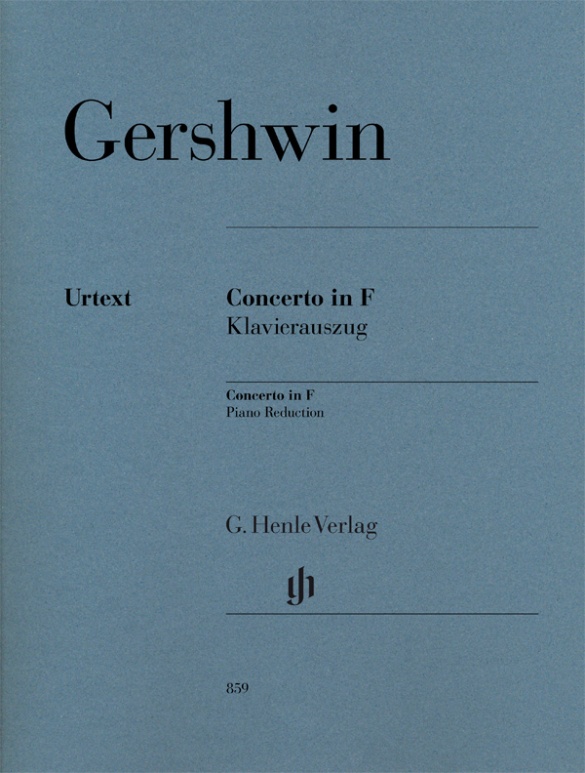

George Gershwin
Concerto in F
Gershwin’s Concerto was premiered on December 3, 1925, in Carnegie Hall – the epicentre of New York’s classical music scene. It belongs to a group of self-imposed “experiments” with which the composter sought to make inroads into “serious” music: “I have only written three ‘opuses’ so far – ‘The Blue Monday Opera,’ ‘The Rhapsody in Blue’ and the ‘Concerto.’ I have devoted much time to these works, but they are, of course, not my regular work. They are experiments – laboratory work in American music.” For his edition, Norbert Gertsch reviewed a multitude of autograph and printed sources in the USA and for the first time presents an Urtext edition of this very popular piano concerto suffused by the jazz idiom. At the same time, Breitkopf & Härtel offers both the full score and orchestral parts by the same editor.
Content/Details
About the Composer
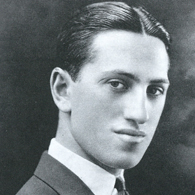
George Gershwin
The most successful composer of musicals in the 1920s, he wrote 28 musicals, largely to lyrics by his brother Ira, and more than 500 songs (including for 23 musicals by others). His fame today is based on his symphonic works and his opera “Porgy and Bess.”
| 1898 | Born Jacob Gershwine into ordinary circumstances in Brooklyn (New York) on September 26. |
| 1912 | Piano studies with Charles Hambitzer. The music of Berlin and Kern serves as his model. |
| 1914–17 | Employment in Tin Pan Alley as a song plugger for Jerome H. Remick and Company, publishers of popular music. Soon thereafter employed as a rehearsal pianist. |
| 1918 | Composer of songs for publisher T. B. Harms. |
| 1919 | First Broadway musical “La La Lucille.” |
| 1915–21 | Studies theory with Edward Kilenyi, a pupil of Mascagni. |
| 1920–24 | Music for the revues “George White’s Scandals.” |
| 1921 | Attends summer courses at New York’s Columbia University. |
| 1924 | “Rhapsody in Blue” for the band of Paul Whiteman, the then-king of jazz; the musical “Lady, Be Good!”, starring Fred and Adele Astaire, and his first collaboration with his brother Ira, serves as his breakthrough as a composer for theater. |
| 1925 | Piano Concerto in F major. |
| 1926 | Premiere of the musical “Oh, Kay!” |
| 1926/28 | Travels to Europe. |
| 1928 | Symphonic poem “An American in Paris.” |
| 1930 | Premiere of the musical “Girl Crazy.” |
| 1931 | Score for the film “Delicious.” |
| 1935 | Premiere of the opera “Porgy and Bess,” today his best-known stage work. |
| 1936 | Score for the film “Shall We Dance?” |
| 1937 | Death in Los Angeles on July 11. |
About the Authors

Norbert Gertsch (Editor)
Dr. Norbert Gertsch, born in 1967 in Rheinkamp/Moers, studied piano solo at the Mozarteum in Salzburg and read musicology and philosophy at the Paris Lodron University in Salzburg and the Ruperto Carola University Heidelberg on a scholarship from the “Studienstiftung des Deutschen Volkes”. In 1996 he wrote his doctoral thesis on Ludwig van Beethoven’s Missa solemnis (as part of the New Complete Edition) under Ludwig Finscher.
In the following year, he began to work at G. Henle Publishers, initially as an editor for electronic publishing. After working on a two-year project (1999–2000) sponsored by the German Research Foundation (DFG) preparing a new Beethoven Catalogue of Works, he became a scholarly editor at G. Henle Publishers. In 2003 he became Editor-in-Chief, in 2009 Deputy Managing Director and Head of Publishing. As of 1 January 2024, the Executive Board of the Günter Henle Foundation has appointed Dr. Norbert Gertsch, as the new managing director, succeeding Dr. Wolf-Dieter Seiffert.
Gertsch has published many Urtext editions for G. Henle Publishers, including volumes for a new edition of Beethoven’s Piano Sonatas together with Murray Perahia.
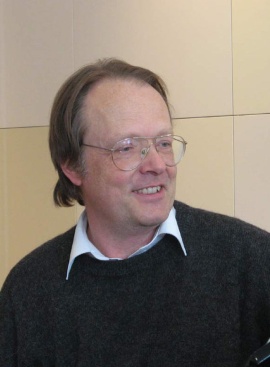
Johannes Umbreit (Piano reduction)
Prof. Johannes Umbreit studied the piano at the Musikhochschule in Munich. From 1987 onwards he was a regular accompanist at courses given by Wolfgang Schneiderhan, Thomas Brandis, Ljerko Spiller, Igor Ozim, Olga Woitowa, Ernő Sebestyén, Walter Nothas, F. Andrejevsky, Denis Zsigmondy and Zakhar Bron amongst others. He has appeared in numerous radio and TV broadcasts and plays chamber music with members of the Bavarian State Orchestra, the Munich Philharmonic Orchestra and the Bavarian Radio Symphony Orchestra.
He is on the jury of different international competitions and has been invited to several international music festivals. Umbreit was a teacher for almost ten years at the Musikhochschule in Munich and at the same time a lecturer for chamber music and piano accompaniment at the Richard Strauss Conservatory. Since 2008 he has been a lecturer at the Hochschule für Musik und Theater München. As the long-serving managing director of the Richard-Strauss-Gesellschaft, he was made an honorary member of the board in 2009. In May 2011, the Bavarian Minister of Culture appointed Johannes Umbreit an honorary professor of the Hochschule für Musik und Theater München on the suggestion of its academic senate.
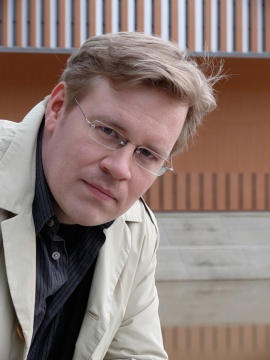
Markus Bellheim (Fingering)
Product Safety Informations (GPSR)

G. Henle Verlag
Here you can find the information about the manufacturer of the product.G. Henle Verlag e.K.
Forstenrieder Allee 122
81476 München
Germany
info@henle.de
www.henle.com
Gegeven die complexe situatie heeft Henle deze uitgave toch vrij beknopt toegelicht. (...) Bladspiegel en druk voldoen aan de hoge kwaliteitsstandaard die we van Henle gewend zijn.
de nieuwe muze, 2021Norbert Gertsch signe une nouvelle copie de haute qualité basée sur la partition autographe utilisée pour une série de concerts en 1942 et crayonnée notamment par l’auteur. Gertsch décide ici d’y préciser toutes ces annotations, laissant le choix aux artistes de les suivre ou non.
Crescendo, 2022Der Henle-Verlag gehört erfreulicherweise zu den wenigen Verlagen, die auch seit der Einführung des digitalen Notensatzes weiterhin auf die Ästhetik der Notenschrift Wert legen. So ist fast kein Unterschied zu einem handgestochenen Notensatz zu erkennen. Der von Markus Bellheim beigesteuerte Fingersatz ist durchaus empfehlenswert und wird auch professionellen Pianisten einiges an Zeit und Mühe ersparen. Die Textänderungen gegenüber der New World Music Ausgabe sind marginal. Druckfehler konnte ich in letzterer nicht entdecken. Die vorliegende Ausgabe ist in jeder Hinsicht empfehlenswert.
Die Tonkunst, 2022recommendations
autogenerated_cross_selling
Further editions of this title
Further editions of this title


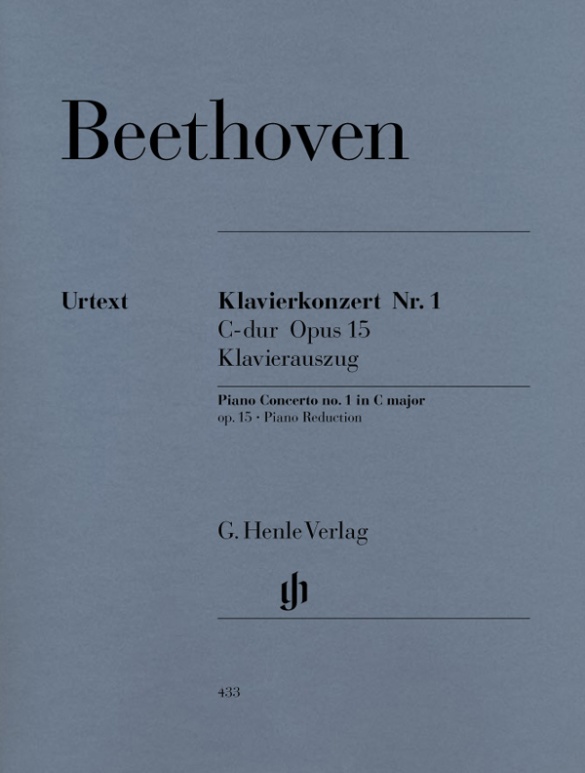
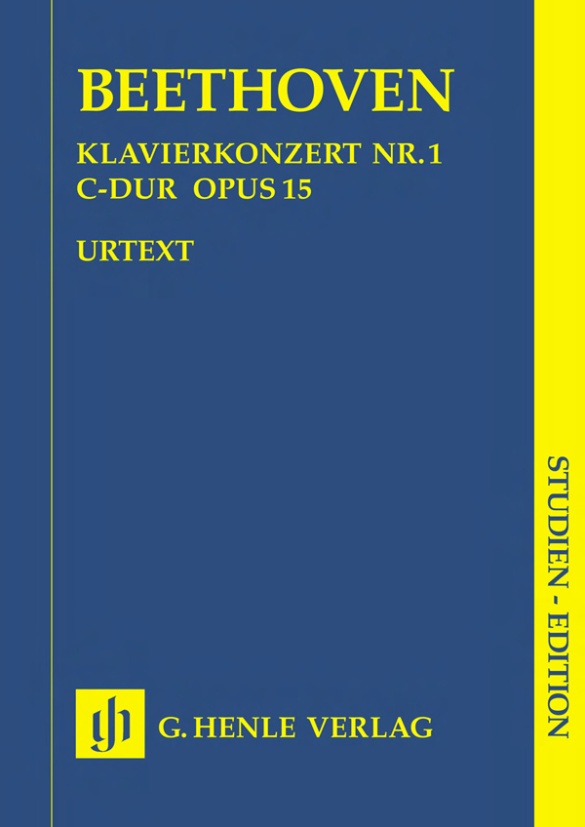

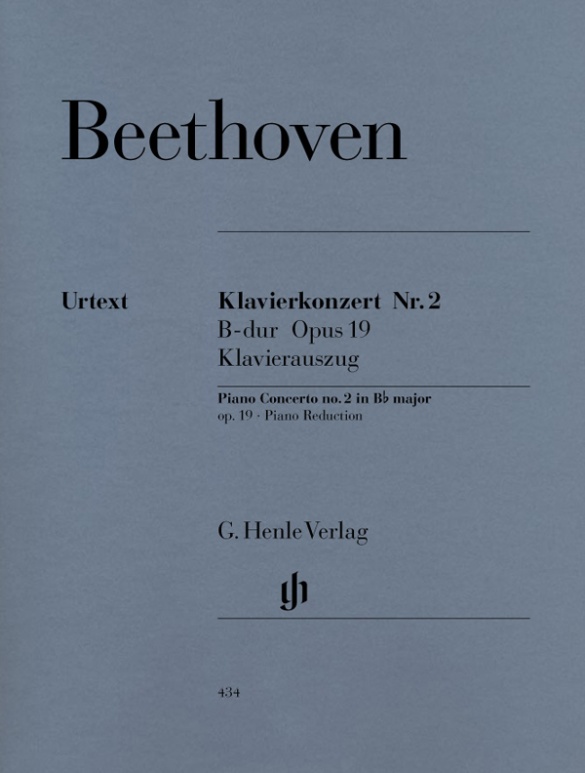
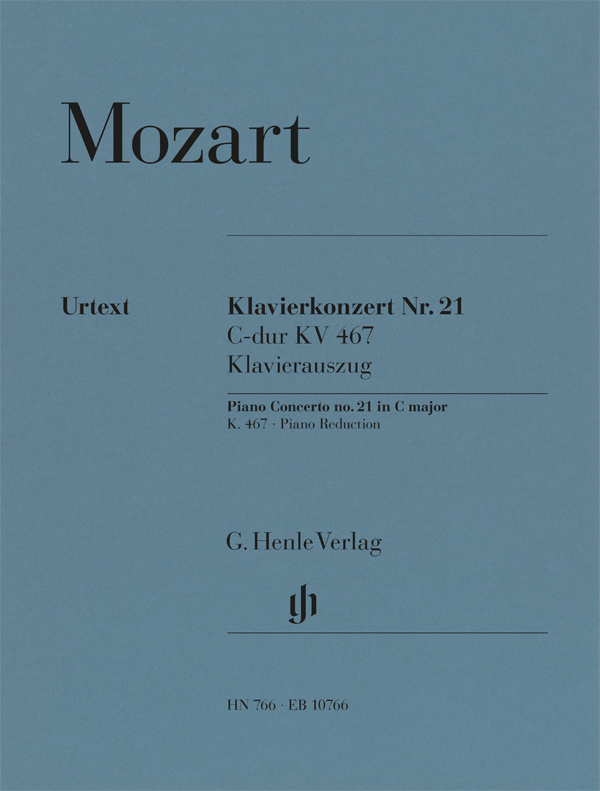
Orchestral material from Breitkopf & Härtel